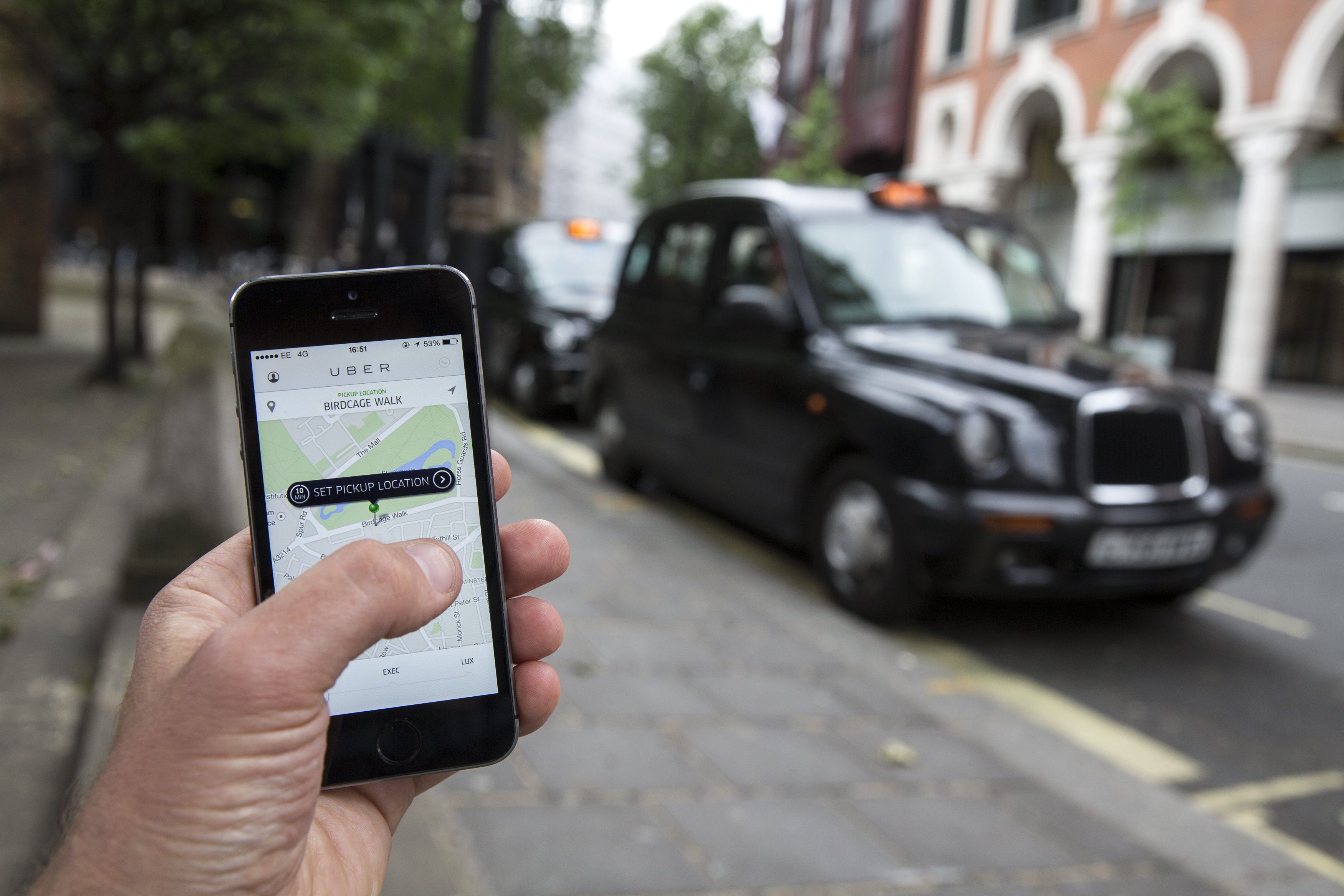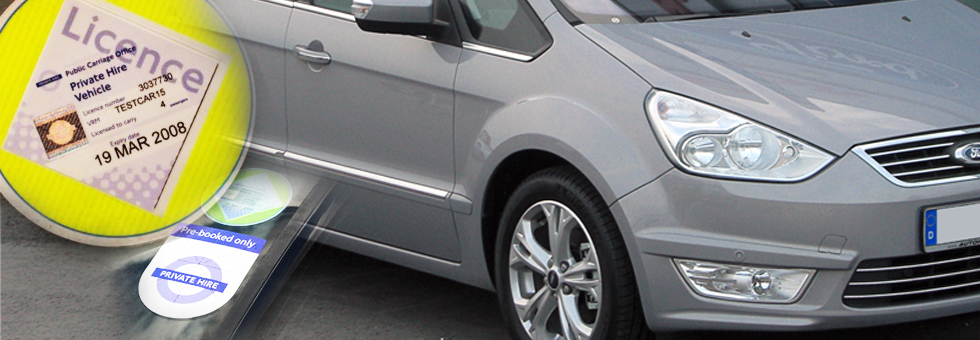
Horse-drawn hackney carriages began providing taxicab service in the early 17th century. Greater London, a metropolitan area with a population of about 8 million, has no grid plan laying out streets in vertical and horizontal patterns thus the streets of London follow complex patterns. London Ī LTI TX4 black cab at Heathrow Airport Terminal 5
#Private hire vehicle license london driver#
In London, new applicants must send their Topographical Test Certificate along with their application to the PH Driver Licensing Section of the TFLTPH.
#Private hire vehicle license london drivers#
All vehicles available for pre-booking by London minicab drivers must hold a private hire vehicle (PHV) licence showing that the vehicles are fit for purpose this is updated with MOT tests twice a year after an inspection at a licensed garage. This is the same body that now regulates London's licensed taxicabs, but minicab drivers do not have to complete The Knowledge, and although they must undergo a small "topographical test" in order to obtain a Private Hire Drivers Licence, they generally rely on satnavs or local knowledge to take them to the pick up and destination. London minicabs are now licensed by TFL (London Taxis and Private Hire), or TFLTPH, formerly known as the Public Carriage Office. Since 2001 minicabs have been subject to regulation in London and most other local authorities. A minicab can be booked at the time it is required, but only at the office of a company registered to accept bookings rather than directly with a driver. A minicab must be booked, for example, by telephone, internet, or fax, or in person at the registered minicab office. They began operating in the 1960s in competition with hackney carriages after a loophole in the law was spotted (although in some areas it is possible to hold a dual hackney/private hire licence). In London the term minicab is used to refer to a private hire car and "private hire" is used in the rest of the United Kingdom that is a car with a driver available for hire only on a pre-booked basis. A ramp for access by disabled people is fitted.Ī Ford Mondeo UK private minicab with company name and telephone number on each side There is good headroom, to facilitate entry to and exit from the vehicle. The cab seats three people on the back seat, and two more in backwards-facing "jump seats".

For improved manoeuvrability, the turning circle is smaller than other vehicles of similar size (a black cab is said to be able to "turn on a sixpence"). The space beside the driver's seat can be used for luggage, although there is much luggage room in the passenger compartment. There have been many models over the years. For many years purpose-designed vehicles were used, but from about 2008 specially adapted " people carrier" vehicles have also been used.

Unlike many other cities, the number of taxicab drivers in London is not limited.

London taxi drivers are licensed and must have passed an extensive training course ( the Knowledge). London's traditional black cabs (so-called, despite being of various colours and advertising designs) are specially constructed vehicles designed to conform to the standards set out in the Conditions of Fitness.

Only licensed hackney carriages can pick up passengers on the street and without pre-booking.


 0 kommentar(er)
0 kommentar(er)
